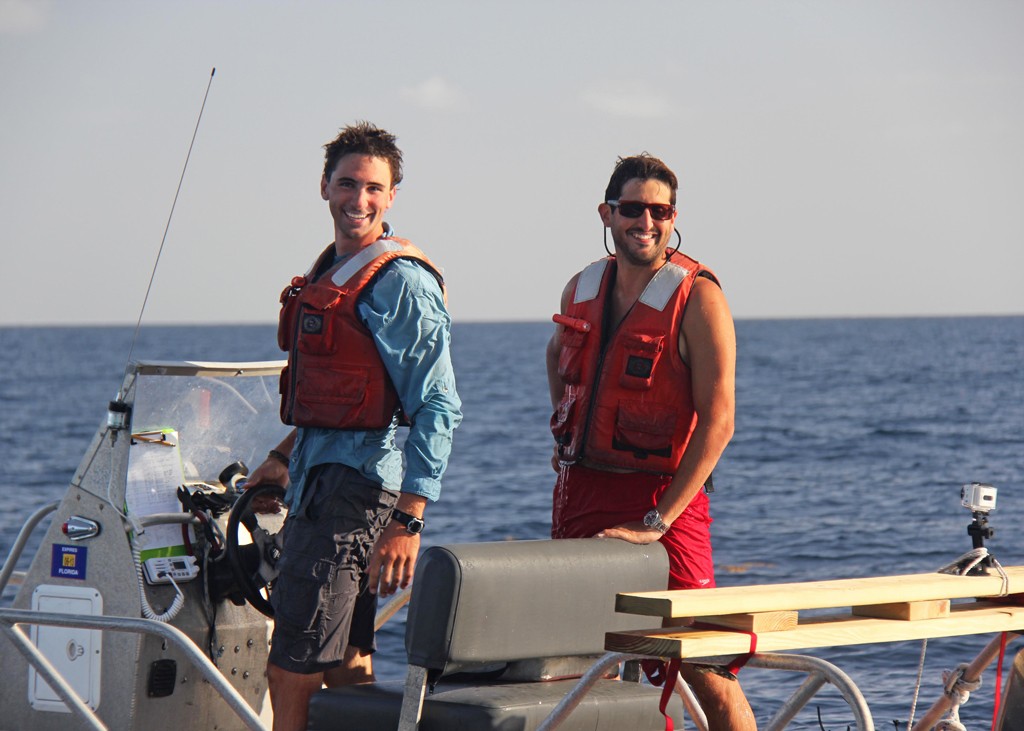CARTHE graduate student Conor Smith is featured in an article by the Gulf of Mexico Research Initiative:
After the Deepwater Horizon oil spill, many Gulf residents wanted to know where the oil was going and how fast it would get there. Conor Smith is improving the accuracy and turn-around time of satellite-derived surface current velocity estimates for better ocean transport information.
Conor is working toward a method that accurately interprets these velocities using information contained solely within synthetic aperture radar (SAR) satellite imagery. Currently, he combines ocean drifter data and a numerical model to account for wave motion with SAR data to estimate current velocity. His goal is that SAR-based speed estimates will be accurate enough so that there is no need for labor-intensive drifter data and developing and validating a near-shore numerical model. Conor says that doing so “will be useful to oil spill mitigation, as it will provide a rapid assessment of the surface current movements that transport pollutants.”
Conor is an applied marine physics Ph.D. student at the University of Miami (UM) Rosenstiel School of Marine & Atmospheric Science and a GoMRI Scholar with CARTHE. He shares the personal influences and intellectual experiences of a life lived on the water.
To read the full article, please visit: GoMRI.org.


